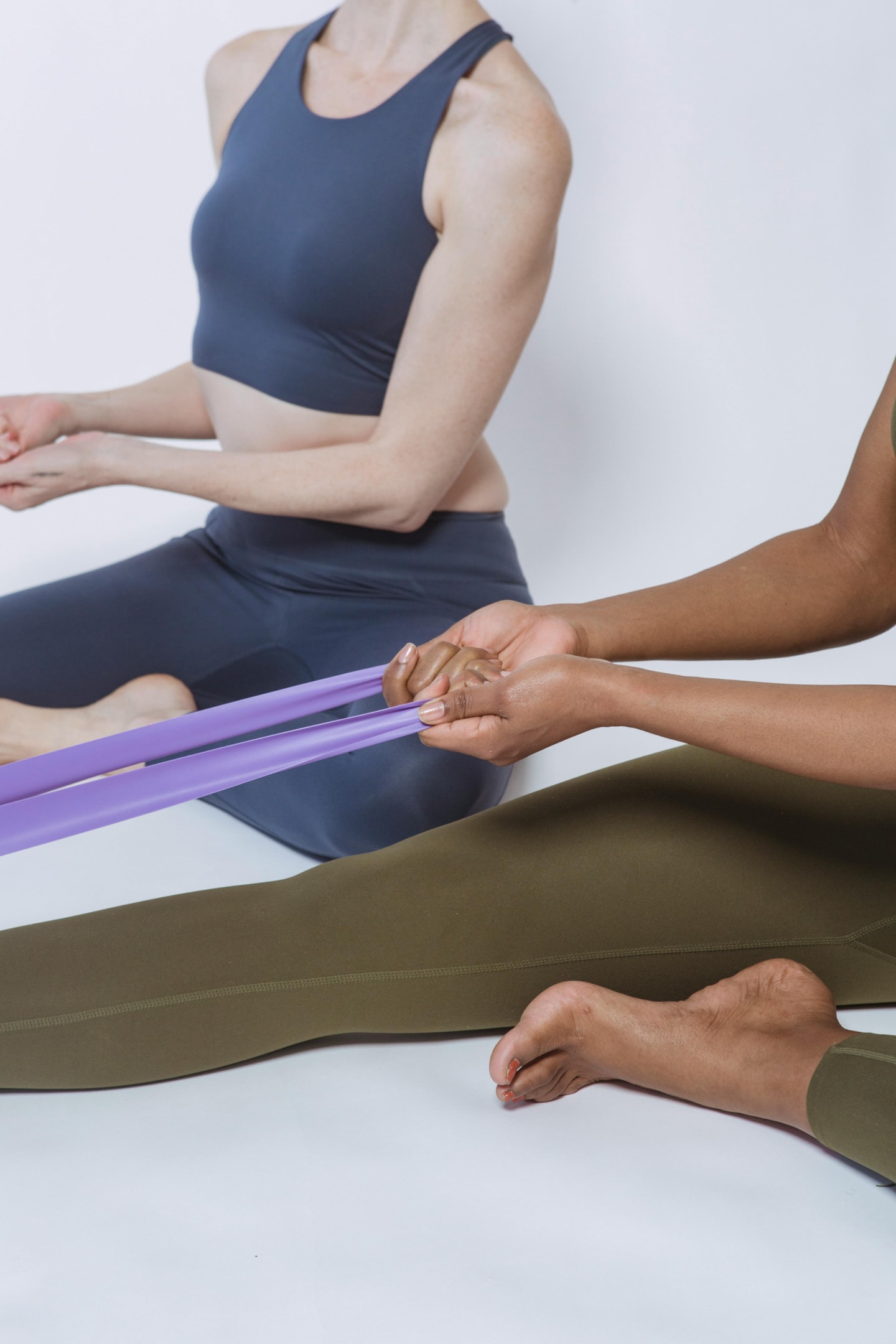
Whether you’re recovering from surgery, managing a sports injury, or just looking to enhance your mobility, starting treatment at ProCare Oviedo Chiropractors can be transformative. For those stepping into their first physical therapy session, feeling prepared can make a big difference in the experience. This guide walks you through everything you need to know before, during, and after your first physical therapy appointment so that you know what to expect.
Preparing for Your First Physical Therapy Appointment
Getting the most out of your first physical therapy session starts before you even arrive at the clinic. Preparation is key to ensure you’re comfortable and ready for treatment. Here’s what to consider:
Gather Your Medical History
Before your first appointment, gather any relevant medical history, including details on previous injuries, surgeries, or recent stressful events that may impact your recovery. Most physical therapy clinics will ask for this information so the physical therapist can assess your overall health and develop an effective treatment plan. Bring a list of any medications you’re taking, as well as details of any previous level of care you’ve received, so your therapist can understand your needs better.
Insurance and Necessary Documentation
Be sure to bring your insurance card to your first visit. Physical therapy clinics often work with insurance providers, and having your insurance details can ensure coverage information is readily available. If there are any issues, the clinic can help you understand your insurance coverage and provide insight into your payment options.
What to Wear
For your first physical therapy appointment, wear clothing that is comfortable, breathable, and allows you to move freely. For example, athletic wear or loose-fitting clothes are ideal, especially if you’re dealing with a shoulder pain or lower body condition. Proper attire allows your physical therapist to assess and access the area of concern without restriction.
What to Expect at Your First Physical Therapy Session
Your first session will involve an in-depth initial evaluation to understand your current condition, pain levels, and functional limitations. This information allows your therapist to create a personalized treatment plan for you. Here’s what typically happens:
A Conversation with Your Physical Therapist
The physical therapist will spend one-on-one time discussing your health concerns, goals, and expectations. This is also your chance to ask questions and clarify any uncertainties about the therapy process.
Your physical therapist will inquire about specific injuries, past treatments, and how your current condition impacts daily life. The American Physical Therapy Association emphasizes the importance of understanding a patient’s work environment, lifestyle, and any recent stressful events that may affect recovery.
Physical Therapy Examination and Initial Assessment
During your first physical therapy session, expect a thorough physical therapy examination that may include common measurements of muscle function, range of motion, and pain levels. These specific measurements help determine your functional mobility and limitations.
The examination may include basic tasks to observe how your body moves, as well as assessments for strength, flexibility, balance, and posture. These key information pieces allow your therapist to develop an accurate and effective treatment approach.
Understanding Your Treatment Plan
Once the evaluation is complete, your physical therapist will outline your treatment plan. This plan will include targeted exercises, stretches, and other techniques to improve mobility, strength, and reduce pain. Physical therapy sessions often address functional mobility concerns, helping to prevent future injury while treating current symptoms.
In many cases, therapists will explain the expected course of treatment, outlining how many sessions you may need and what kind of progress you can anticipate over time. It’s essential to ask questions here to fully understand the rehab program and your role in it.
Hands-On Treatments and Exercises
After the initial assessment, you’ll typically experience hands-on treatment, exercises, or stretches aimed at relieving discomfort and improving function. Depending on your current condition and symptoms, treatments may involve joint mobilization, soft tissue work, or guided stretches. These treatments are designed to reduce pain and restore movement, so each session builds upon the last.
For example, if you’re dealing with shoulder pain, your physical therapist may start with gentle exercises to restore flexibility and gradually introduce strengthening exercises. Each treatment is tailored to improve specific areas and is adjusted as you progress.

Developing a Home Exercise Plan
A critical part of your physical therapy journey is the home exercise program your therapist will develop for you. This plan is personalized to your needs and is meant to reinforce what you accomplish in the clinic. Following a home exercise plan helps speed up recovery and maintain progress between sessions.
Your therapist will go over exercises you can do at home and teach you how to perform them correctly. Be sure to clarify any questions during the first session to ensure you’re comfortable with the movements. A commitment to your home exercise program is essential for achieving long-term results.
Tips for Recovery and Maximizing Results
Set Realistic Goals
Your first physical therapy appointment is only the beginning. Setting realistic goals with your therapist can make the recovery process more satisfying and keep you motivated. Discuss what you aim to achieve, whether it’s returning to a specific sport, reducing pain, or regaining a previous level of functionality.
Communicate Pain Levels and Concerns
Throughout your physical therapy sessions, keep your therapist updated on how you’re feeling. It’s common for patients to experience soreness as muscles are activated in new ways, but communication helps therapists tailor treatments and prevent overexertion.
Focus on Functional Improvements
Physical therapy often addresses daily functional movements, such as lifting, bending, and walking. These exercises help prevent future injury and strengthen the muscles needed for everyday tasks. Progress in these areas is a good indication that the rehab program is effective, so celebrate these improvements along the way.
Frequently Asked Questions
How Long Will My Physical Therapy Last?
The duration of your therapy depends on factors like your injury, current condition, goals, and dedication to the home exercise program. During your first session, the therapist will give an expected course of treatment, but progress is reviewed regularly.
What If My Condition Requires Imaging or Surgery?
If your physical therapist determines that imaging, such as x-rays, or a consultation with a specialist is necessary, they will communicate this with your physician. Collaboration with other healthcare providers ensures you receive comprehensive care.
What if My Insurance Doesn’t Cover All Sessions?
It’s common to discuss insurance coverage with the clinic’s billing team during the first physical therapy appointment. They can offer guidance on payment plans or alternatives if insurance limits coverage. Understanding your options upfront helps avoid unexpected expenses.
Final Thoughts on Starting Your Physical Therapy Journey
Your first visit to ProCare Oviedo Chiropractors is the first step towards a healthier, more functional body. With each therapy session, you’ll be working toward improved mobility, reduced pain, and a stronger foundation for daily life. By preparing well, communicating with your therapist, and staying committed to your home exercise plan, you’ll achieve optimal results and get closer to your goals with every physical therapy session.
Physical therapy is a team effort—both you and your therapist have roles in making the treatment a success. At ProCare Oviedo Chiropractors, you’re in the hands of experienced professionals who are here to support you throughout your recovery journey. Make that first PT appointment with confidence, knowing that your well-being is the top priority.



